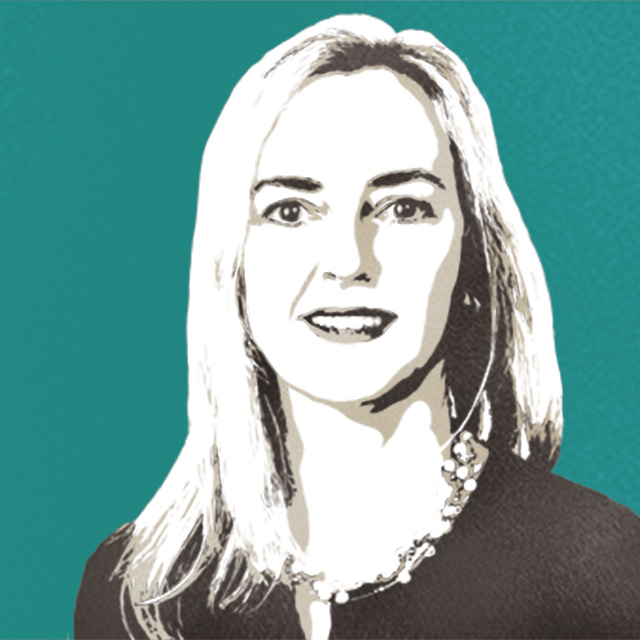The rise of do-it-yourself technology has led to the rise of DIY investing, especially for wealthy millennials and Gen Zers. This doesn't bode well for advisors, who obviously want to add those potential clients to their fold. But statistics reveal this trend: About 70% of households with a net worth of $500,000 or more headed by a person 45 years old or younger largely did self-directed investing in 2019, up from 57% in 2010, according to an analysis of Federal Reserve data by Aite-Novarica Group. Nearly half of them took an above-average risk level in exchange for an above-average rate of return, up from 35% in 2010, the study found, according to the
Wall Street Journal report on the trend. A Twitter debate on this risk, and the trend, exploded after the article, with some poking fun at youthful exuberance. One tweeted: "Rich young millennials squandering their inherited wealth on dogecoin does bring a smile to my face." But Morningstar's Christine Benz weighed in more evenly: "I just wish this article featured young DiYers doing sane things with their money (rather than investing in acquaintances' hedge funds). @bogleheads has lots of them." Millennials and Gen Zers seemed to support the DIY method in the Twitter debate, eschewing advisory services due to perceived high fees. Therefore, we decided to ask advisors through the FPA and XY Planning networks for their thoughts, especially on how they found wealthy DIY investors and how they converted them to hiring an advisor. See the gallery above for their responses.










